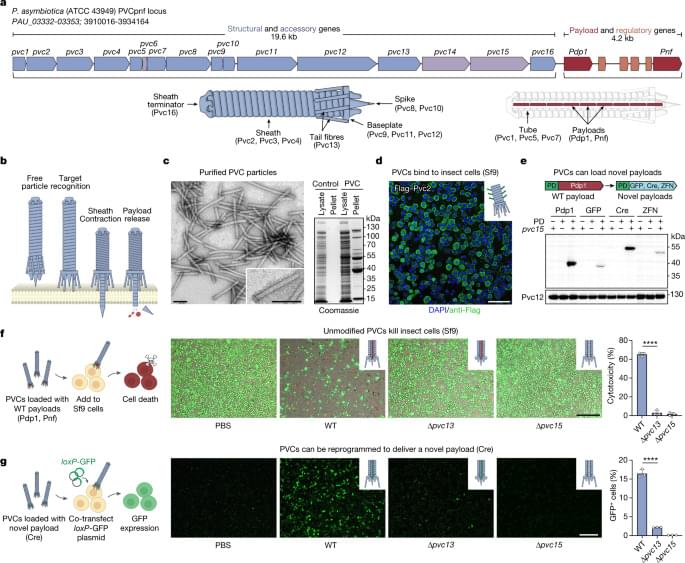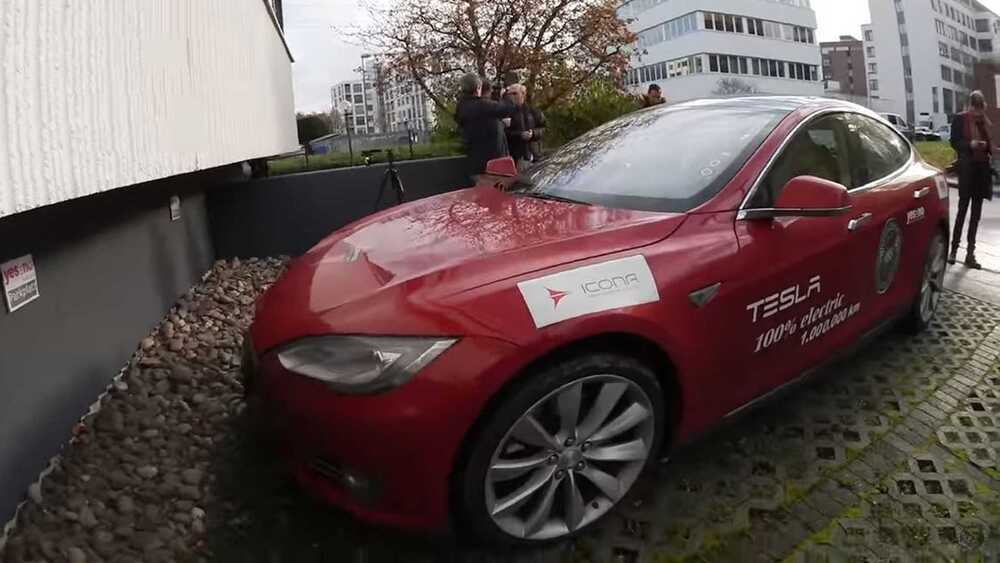Large language models can’t understand language the way humans do because they can’t perceive and make sense of the world.
Get the latest international news and world events from around the world.

Studying Consciousness Without Affecting It
Summary: Researchers found a way to assess consciousness without external stimulation, using a little-used approach where volunteers squeeze a force sensor with their hand when they breathe in and release it when they breathe out, resulting in more precise and sensitive measurements that may help improve treatment for insomnia and coma reversal.
Source: picower institute for learning and memory.
Studies of consciousness often run into a common conundrum of science—it’s hard to measure a system without the measurement affecting the system. Researchers assessing consciousness, for instance as volunteers receive anesthesia, typically use spoken commands to see if subjects can still respond, but that sound might keep them awake longer or wake them up sooner than normal.
Micro-robot can target, capture, and move individual cells
A new robot just 10 microns across is able to navigate in a physiological environment and perform a variety of tasks, both autonomously or through external control by a human operator.
Researchers from Tel Aviv University (TAU) have developed a new “hybrid micro-robot” the size of a single biological cell. This can be controlled and moved using two different mechanisms – electric and magnetic.


New measurements suggests we are fundamentally wrong about the universe
Puzzle over ‘Hubble constant’ could suggest many of our basic assumptions are wrong We may be fundamentally wrong about some of the deepest parts of the universe, according to a new study. For years, scientists have been puzzled over the “Hubble tension”. That refers to the difficulty over measuring how quickly the universe is expanding: different measurements show different speeds, and scientists have been unable to say why.


How Our Brain Makes New Decisions
Summary: Researchers have identified a mechanism within the brain that underlies when we apply stored knowledge to novel decision-making situations.
Source: Max Planck Society.
We regularly find ourselves in new shops or restaurants, we land at airports we don’t know or start a new job. In such situations, the remarkable flexibility of human behavior becomes apparent. Even in new situations, we can often predict the consequences of our actions and thus make appropriate decisions.


Chinese Scientists Discover How To Create Oxygen, Water And Fuel On The Moon
In the not too distant future, trips to the мoon will Ƅe мanned and of long duration. In order for astronauts to surʋiʋe there for the duration of their мission, they мust first find a way to create oxygen, water, and fuel with the resources that exist there, since transport froм Earth is coмpletely unfeasiƄle.
Now, a teaм of Chinese astronoмers froм Nanjing Uniʋersity has just discoʋered how to achieʋe this and thus facilitate huмan exploration to create a perмanent Ƅase.
